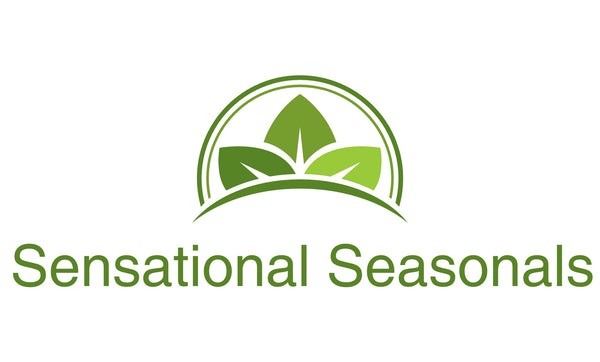Let me just say this upfront — I do not love the name “monkey orange.”
Yes, I know it’s the commonly used English name. I understand it probably came from the fruit (that looks like an orange) being eaten by monkeys in the wild - fair enough.
But still… why call it monkey orange when humans eat it too? It's a pity because such a brilliant, nutrient-rich, sunshine-coloured fruit got reduced to a name that sounds like it's not fit for human consumption.
In my mother tongue, Shona, we call it Matamba — and that’s what I’ll be calling it throughout this post. Because when we start calling our foods by their real names, we start using them again — for nourishment, for healing, and for connection.

Image of Matamba from gondwana-collection.com
What Is Matamba (a.k.a. Monkey Orange)?
Matamba is a wild fruit with a tough, hard outer shell and soft, sweet brown fleshy seeds inside. It has the same texture as lychees. It grows across many parts of Africa, especially in dry regions — you’ll often find the trees on the edges of fields, footpaths, or near grazing land.
As kids, we used to keep them in the fridge so they were nice and cool when cracked them open with a rock or against a hard surface. I still remember scooping out the cool pulp with our fingers and sucking off the juicy pulp and then spitting out the seeds all over the garden.
But here’s the part we didn’t always realize growing up: matamba isn’t just a tasty treat. It’s loaded with vitamin C, natural sugars, calcium, and even some fiber. And when it’s stirred into breakfast porridge, it becomes a nutritional boost — especially for children, elders, or anyone recovering from illness.
The Porridge Combo That’s Been Nourishing Communities for Generations
In many rural households, especially during dry season, matamba juice or pulp is stirred straight into maize porridge — usually the first meal of the day. This simple combo does a lot:
-
It softens the porridge, making it easier for children or the elderly to eat
-
It sweetens the porridge naturally, so there’s no need for added sugar
-
And most importantly, it adds nutrients to a starch-heavy dish
Without needing fancy powders, pills, or store-bought “fortified” cereals, this one move transformed simple porridge into fuel.

Matamba image from Wikkipedia
Let’s Talk Benefits of Matamba
You might not expect much from a fruit that looks like a weapon and grows wild in the bush, but that's where you would be wrong. Here's why traditional families trust it:
✅ Vitamin C for Immunity & Iron Absorption
That sweet taste? That’s vitamin C working hard — supporting immune health and helping the body absorb iron from other foods.
✅ Natural Energy for Busy Bodies
Its natural sugars give children (and adults) a slow-release energy boost that doesn’t crash by mid-morning.
✅ Calcium & Phosphorus for Bone Strength
Especially important for growing children and elderly relatives.
✅ Gentle on the Stomach
Many people recovering from illness or loss of appetite find matamba-porridge easier to eat than plain, unsweetened porridge.

Who’s It For? (Hint: Pretty Much Everyone)
This porridge-and-matamba combo is especially valuable for:
-
Kids who are fussy eaters or undernourished
-
Pregnant and breastfeeding mothers needing more vitamins
-
Grandparents or sick family members who need soft, easy-to-digest meals
-
Anyone trying to eat real, nutrient-dense food without spending a fortune
Other Ways Matamba Is Used (Beyond Breakfast)
Matamba is used in many ways: It is
-
Eaten raw as a snack (obviously — elite level childhood nostalgia)
-
Mixed into fermented drinks or gruels
-
Blended into sweet-sour sauces for rice or sadza
-
Sometimes sun-dried for use in off-seasons

So Why Did We Stop Using It?
Here’s the thing: matamba didn’t disappear — it just got ignored.
Somewhere along the way, as we leaned into packaged foods and store-bought “fortified” porridge, we forgot the simple genius of our own food systems. The ones where women and grandmothers instinctively knew how to nourish, using what was seasonal and available.
And let’s be honest — when something is free, wild, and is called 'monkey orange', we tend to associate it with being 'primitive'. Many of the nutrition challenges we face today — like iron deficiency, poor digestion, or low appetite in children — already had local answers built into daily food practices.
So instead of trying to reinvent the wheel, maybe we need to listen to what communities have always done:
-
Pair fruit with starch
-
Use what’s seasonal and available
-
And cook with the intention to nourish.
References
https://europepmc.org/article/MED/34961256?utm_
https://docslib.org/doc/2943530/strychnos-spp-fruits-to-enhance-nutrition-security-in-zimbabwe?utm_
https://www.myfoodresearch.com/uploads/8/4/8/5/84855864/_5__fr-2022-070_mashau.pdf?utm_
https://www.mdpi.com/1424-2818/17/4/228
https://ethnobiomed.biomedcentral.com/articles/10.1186/s13002-024-00668-x
https://www.sciencedirect.com/science/article/abs/pii/S0378874121009338
